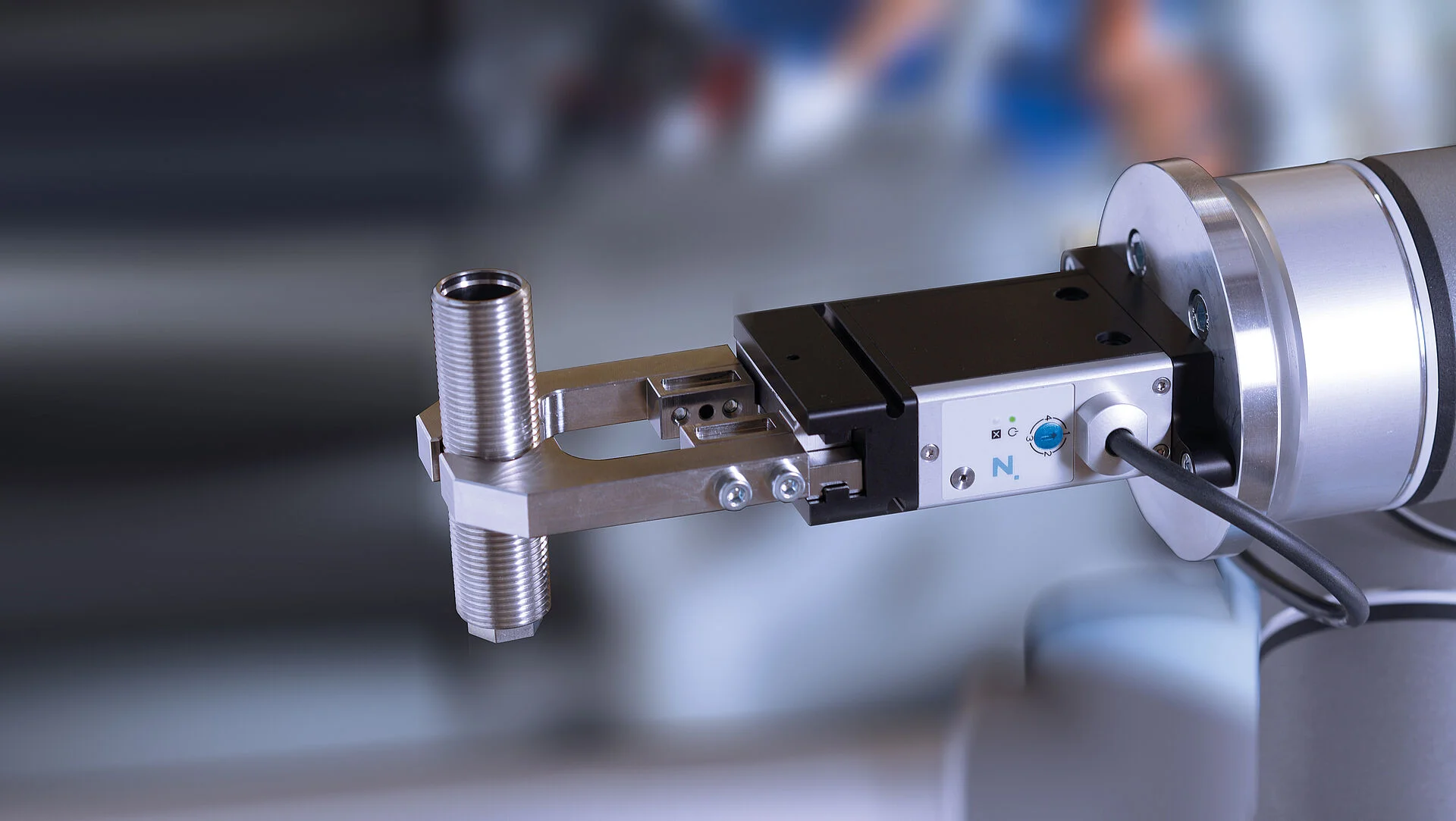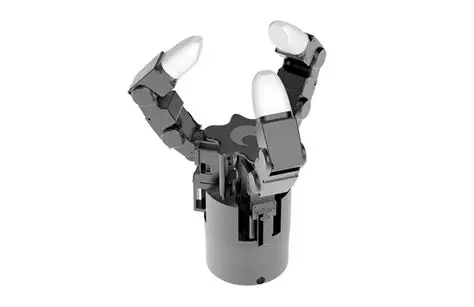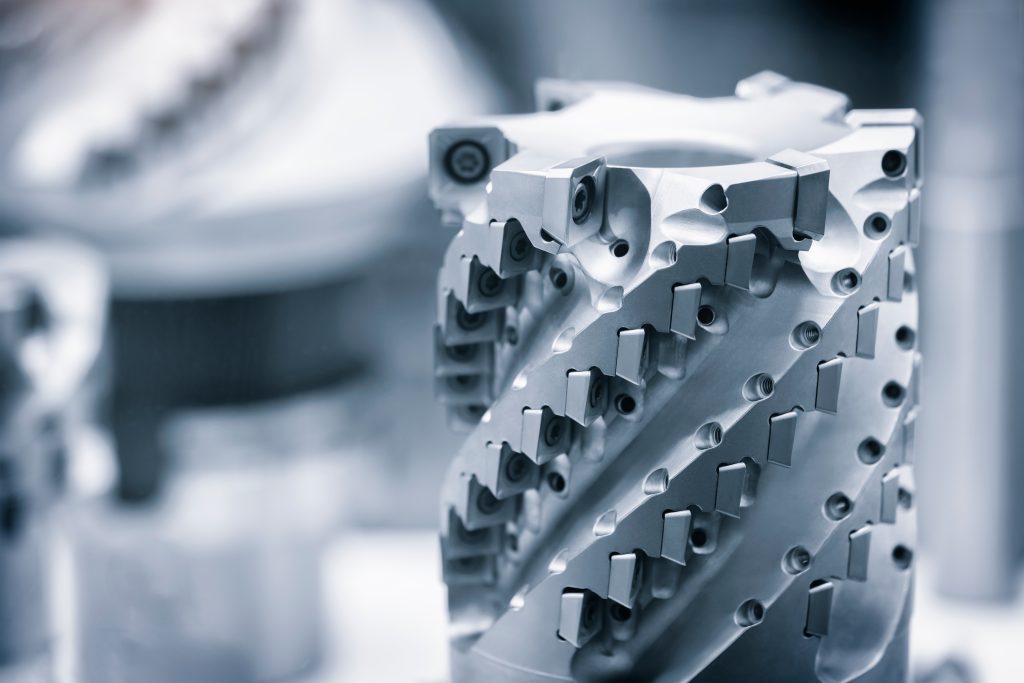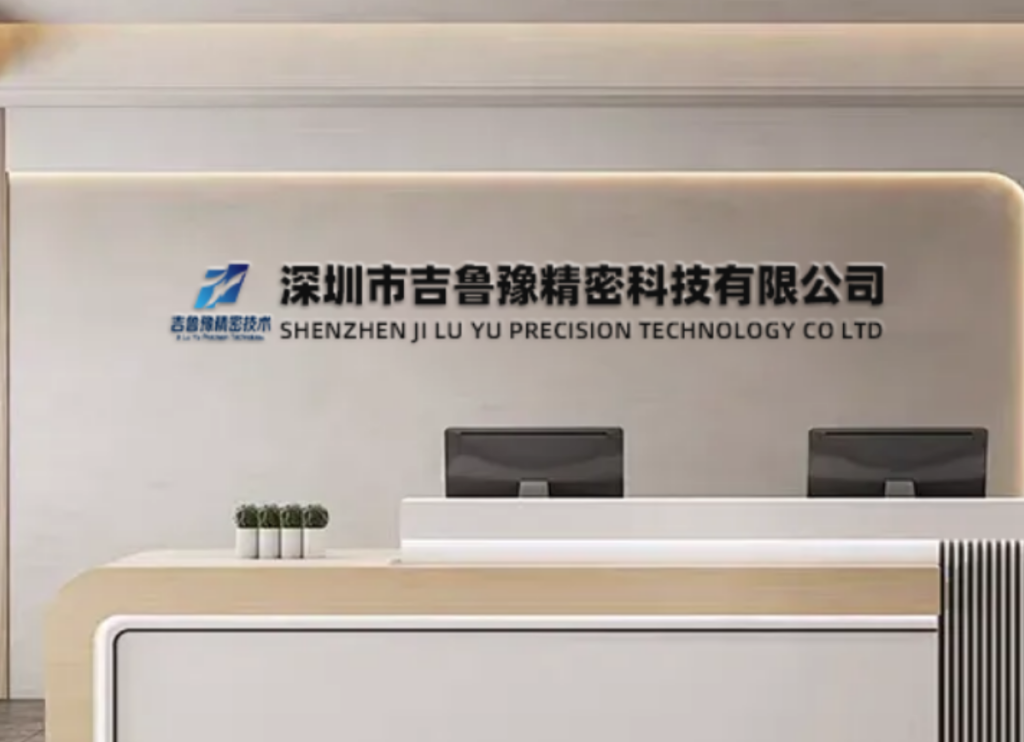2D Material-Enhanced Composites: JLYPT’s Ultimate Solution for Electronics & Industrial Durability
In the relentless pursuit of materials that defy thermal and chemical extremes, 2D material-enhanced composites have emerged as a game-changer. By integrating atomically thin layers like graphene and hexagonal boron nitride (h-BN) into metal or ceramic matrices, JLYPT delivers components that outperform conventional materials in high-thermal-conductivity electronics and corrosion-resistant industrial systems.
This article delves into how JLYPT’s innovations in 2D material-enhanced composites are solving critical challenges across industries—from 5G chip packaging to offshore oil rigs—while maintaining CNC machining precision and scalability.
Why 2D Material-Enhanced Composites?
2D material-enhanced composites leverage the unparalleled properties of graphene and h-BN:
-
Graphene: Boasts 5,000 W/m·K thermal conductivity (13x copper) and unmatched mechanical strength.
-
h-BN: Offers oxidation resistance up to 1,000°C and electrical insulation.
JLYPT’s proprietary fabrication methods ensure these materials enhance performance without compromising manufacturability.
Applications Transforming Industries
1. High-Thermal-Conductivity Electronics Packaging
Problem: 5G/6G chips generate heat fluxes exceeding 1,000 W/cm², overwhelming traditional thermal interface materials (TIMs).
Solution:
-
Graphene-Aluminum Composites: Achieve 800 W/m·K thermal conductivity (4x pure aluminum).
-
Precision CNC Machining: Heat spreaders with ±0.005 mm flatness ensure perfect chip contact.
-
Case Study: A semiconductor client reduced hotspot temperatures by 45°C using JLYPT’s graphene-enhanced lids.
2. Ultra-Durable Anti-Corrosion Coatings
Problem: Offshore pipelines face $2.5B annual losses from saltwater corrosion.
Solution:
-
h-BN/Nickel Superalloy Coatings: Slows corrosion rates by 10x vs. traditional HVOF coatings.
-
Laser Cladding: Deposits 0.1 mm thick, defect-free h-BN layers on complex geometries.
-
Case Study: A North Sea operator quadrupled pipeline inspection intervals using JLYPT’s coatings.
Technical Innovations
1. Overcoming Machining Challenges
-
Ductile-Mode Grinding: Diamond tools achieve Ra 0.05 µm finishes on brittle SiC-graphene composites.
-
AI-Driven Process Control: Real-time adjustments prevent delamination during CNC milling.
2. Quality Assurance
-
Raman Spectroscopy: Ensures uniform graphene dispersion (D/G band ratio < 0.1).
-
SEM-EDS Analysis: Validates h-BN coating stoichiometry (B:N ratio 1:1 ± 0.02).
Beyond Electronics: Aerospace & Energy
-
Aerospace: h-BN/SiC leading edges withstand 1,600°C hypersonic re-entry.
-
Energy: Graphene-titanium fuel cell plates reduce weight by 80% while resisting acidic environments.
Sustainability & Compliance
JLYPT prioritizes eco-friendly production:
-
Recycled Graphene: 70% sourced from biomass waste.
-
Low-Emission Processes: Captures 95% of manufacturing particulates.
-
Certifications: Compliant with ISO 14001 (environmental management) and NACE MR0175 (corrosion standards).
Partner with JLYPT
-
Material Testing: Request free samples of graphene-Al or h-BN-Ni composites.
-
Prototyping: Functional prototypes delivered in 10 days.
-
Full-Scale Production: Leverage JLYPT’s Industry 4.0 CNC facilities.
Explore our guide: Designing with 2D Material Composites.
Conclusion: Redefining Performance with Atomic Precision
2D material-enhanced composites are no longer confined to labs—they’re here to solve real-world thermal and corrosion challenges. With JLYPT’s expertise in CNC machining and material science, industries can now harness these advanced materials at scale, achieving unprecedented reliability and efficiency.
Ready to upgrade to the next generation of composites? Contact JLYPT today.








